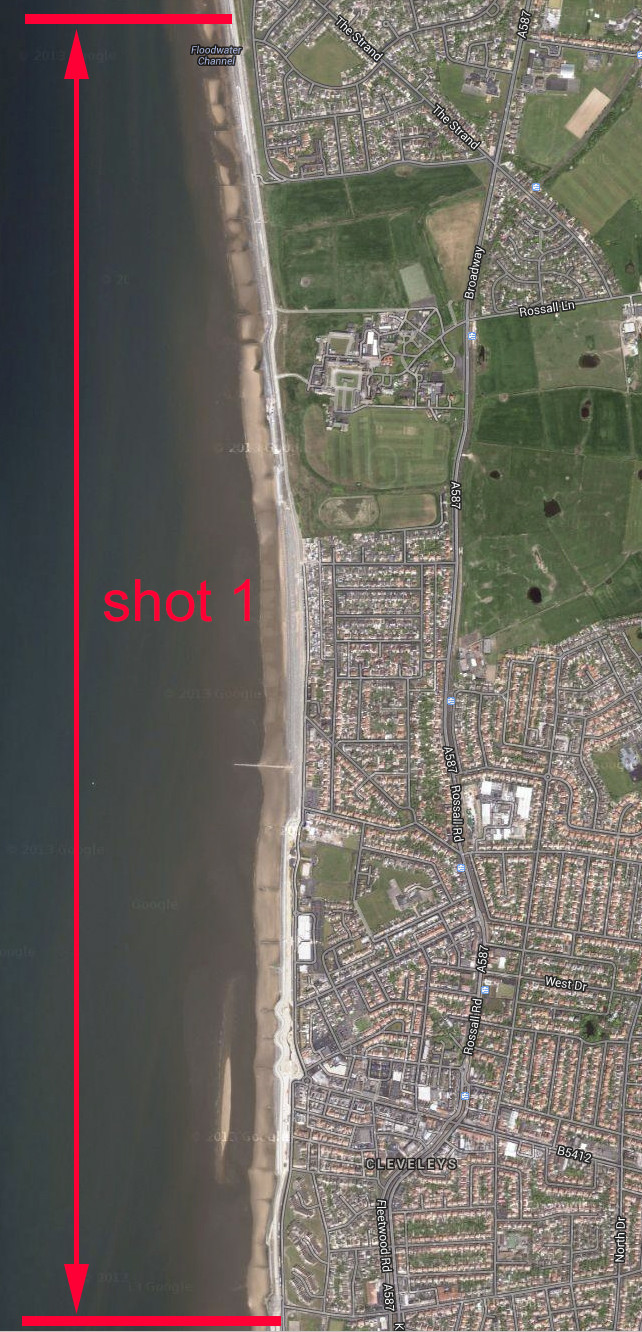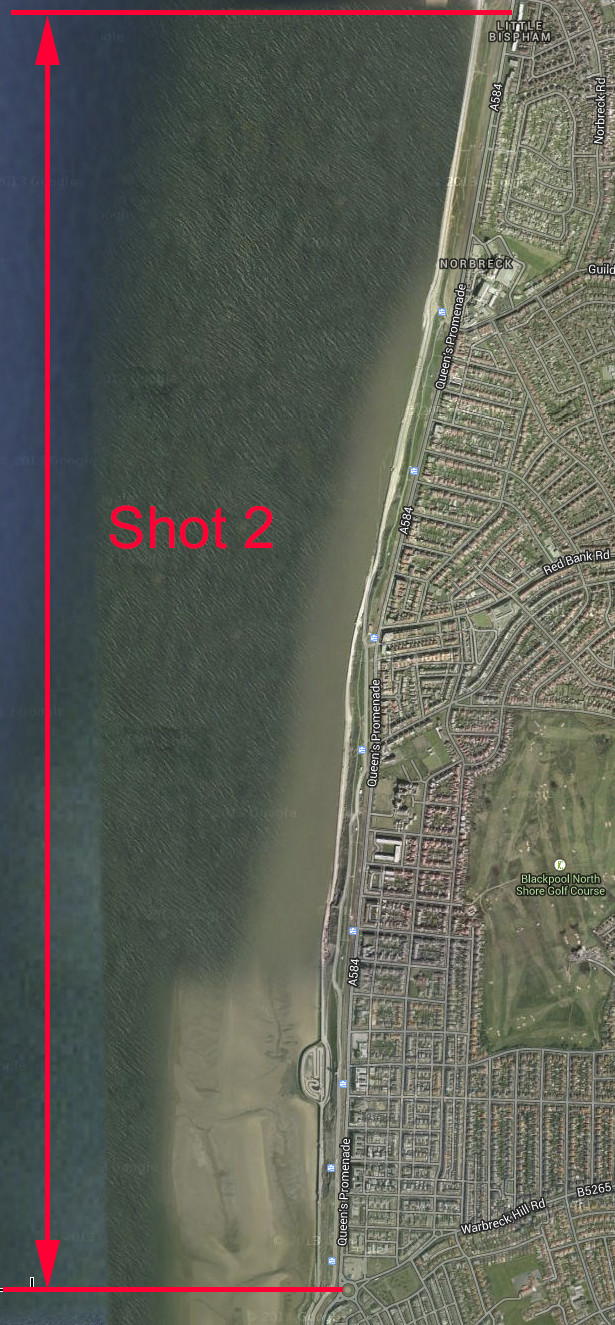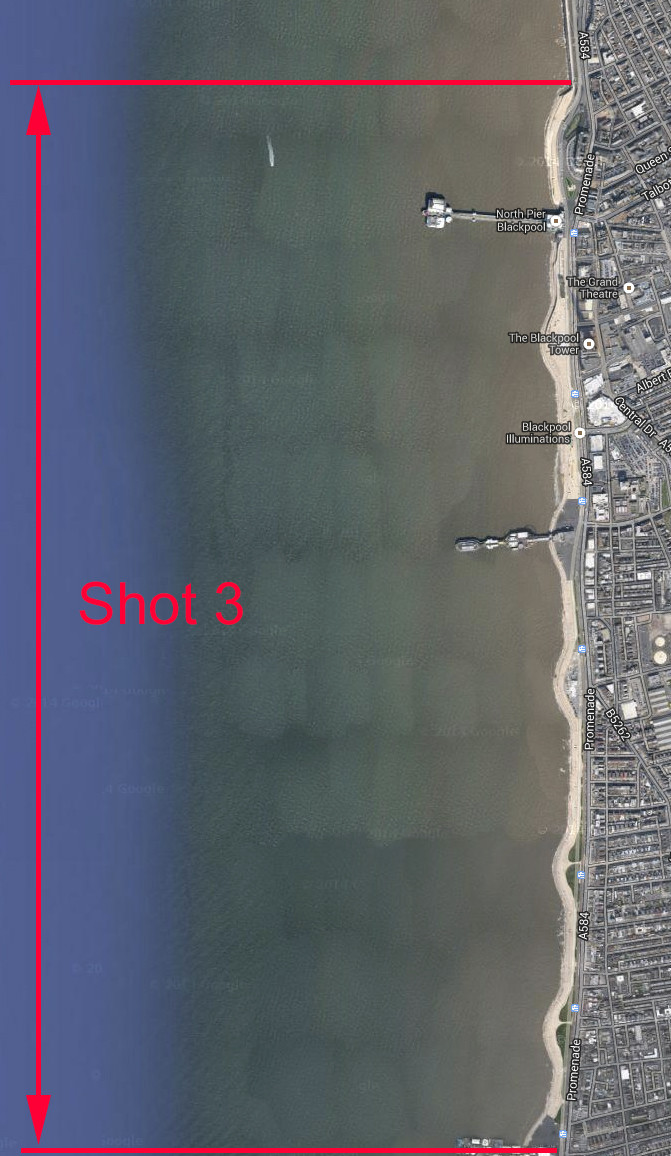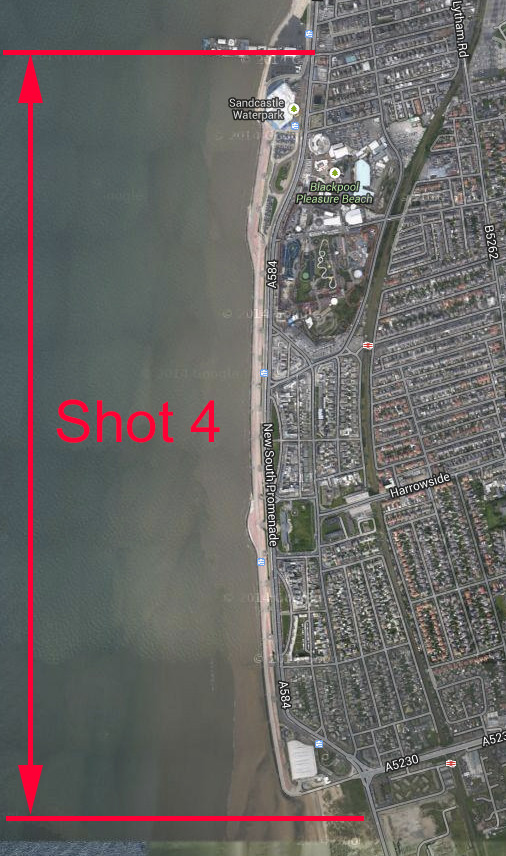- Messages
- 11,756
- Name
- David
- Edit My Images
- No
Blackpool was built on the need for the industrial North’s workforce to relax and indulge in the rich atmosphere of carnival, and “wakes” week holidays, and this tradition, which continues to this day, has left indelible marks on the development of this famous coastline to the extent that the 8 mile stretch of coastline forming the blunt edge of the Fylde peninsula is in effect its own archive; Trapped in a temporal bubble, striving to develop, but always castrated by its own inability to let go of its past.
This series of images turns the whole of the Fylde coast into its own archive, by literally containing everything from Rossall, just south of Fleetwood, to Starr Gate in the south to show the changing character of this famous coastline by examining the minutia of architectural and sea defence structures as a whole: The slowly changing character of this most famous seaside town is revealed – from the gentle and reserved coastline of Rossall and Cleveleys, through to the frenetic cacophony of the Golden Mile.
Rossall to Anchorsholme
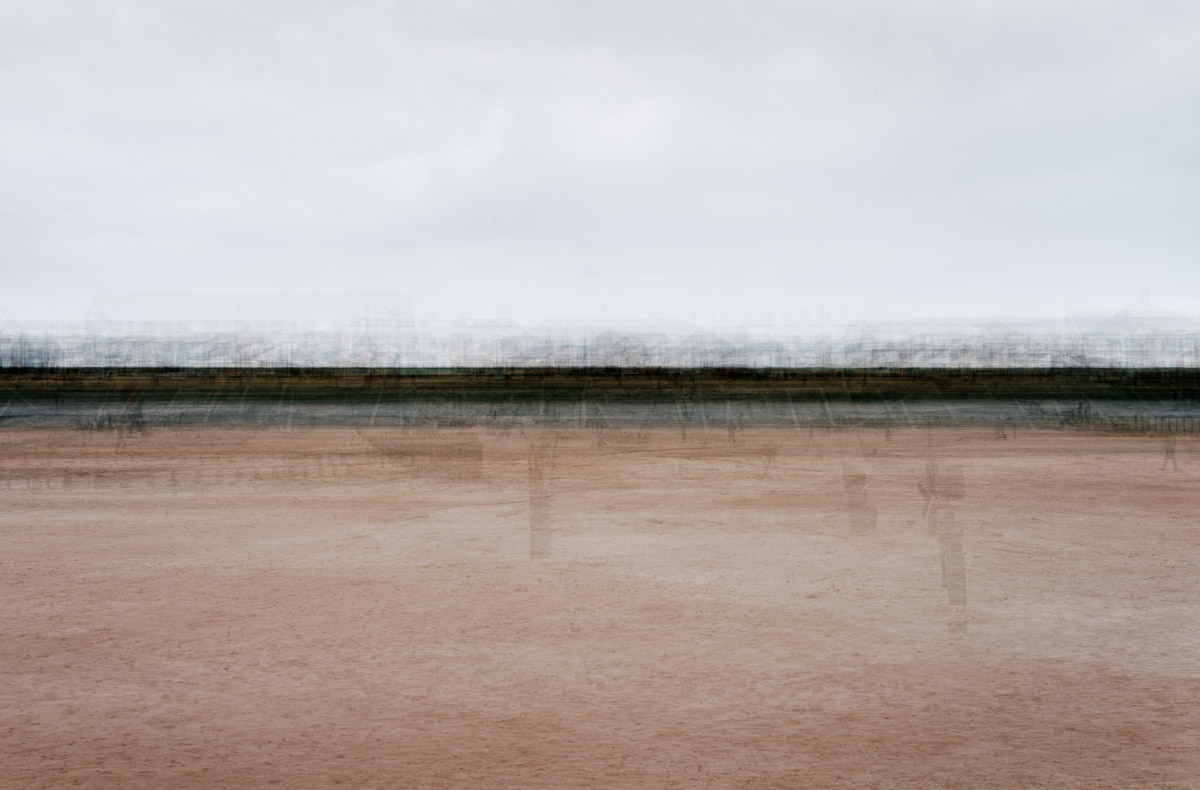
Anchorsholme to Gynn Square

North Pier to South Pier
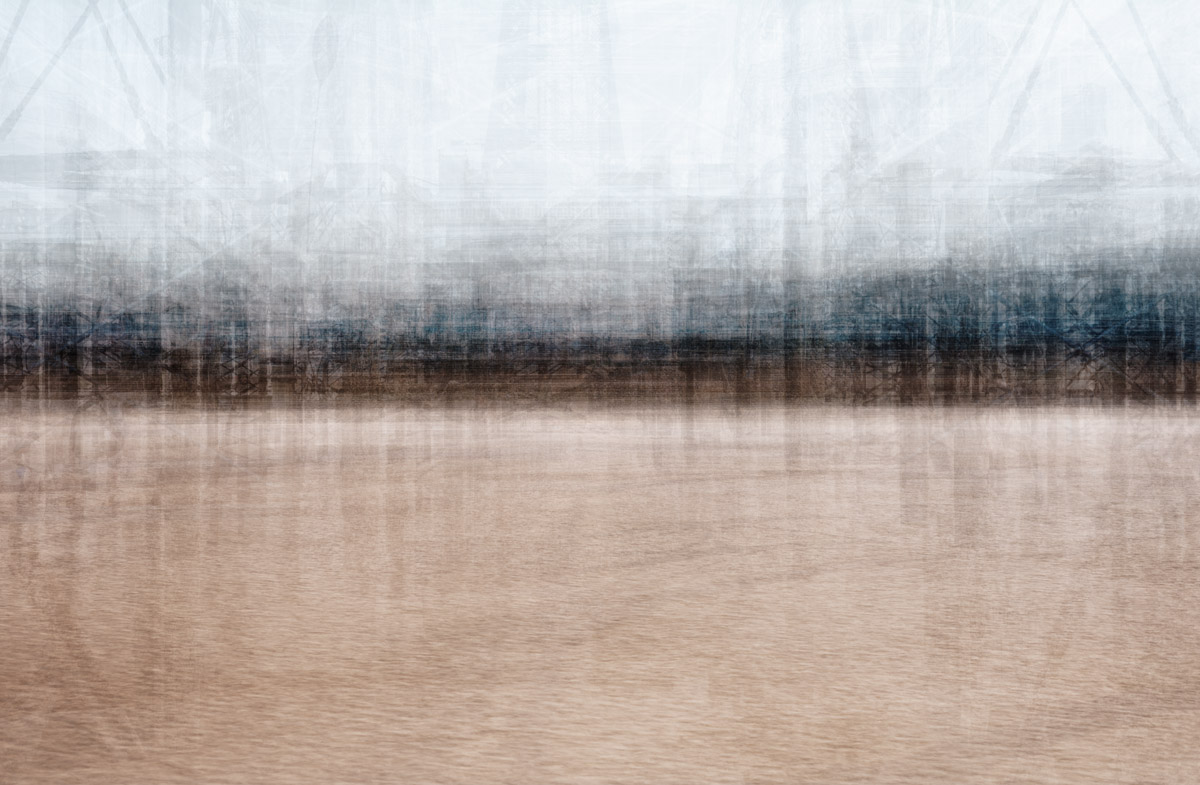
South Pier to Starr Gate
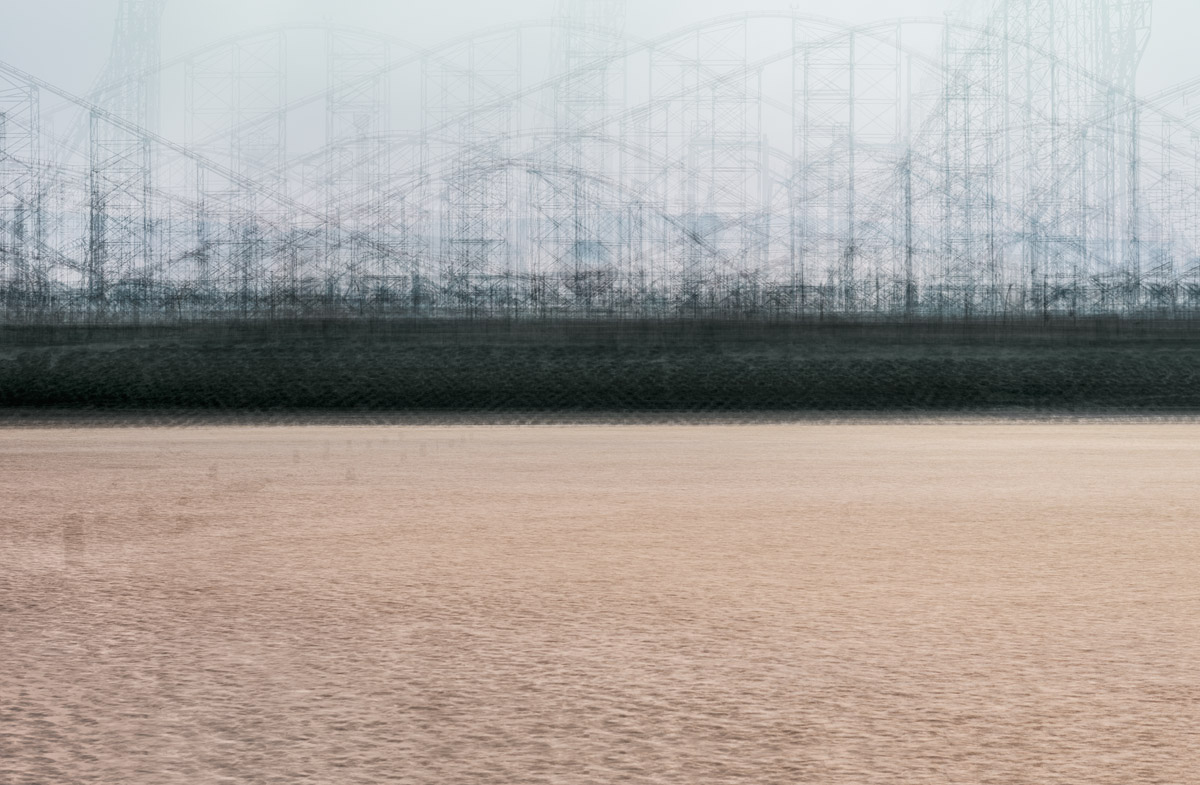
This series of images turns the whole of the Fylde coast into its own archive, by literally containing everything from Rossall, just south of Fleetwood, to Starr Gate in the south to show the changing character of this famous coastline by examining the minutia of architectural and sea defence structures as a whole: The slowly changing character of this most famous seaside town is revealed – from the gentle and reserved coastline of Rossall and Cleveleys, through to the frenetic cacophony of the Golden Mile.
Rossall to Anchorsholme

Anchorsholme to Gynn Square

North Pier to South Pier

South Pier to Starr Gate

Last edited:


